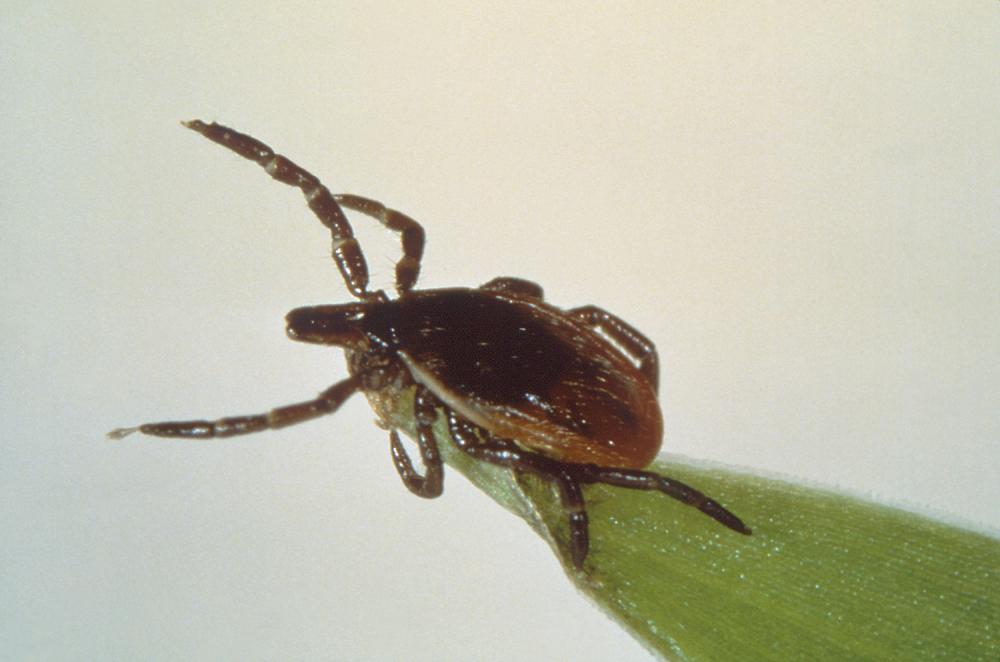Ticks may be tiny, but they have a large pathogenic impact. In order to survive, these small arachnids need to gorge on blood in each of their four stages of life. Unfortunately, both humans and pets are attractive sources, making them susceptible to a range of debilitating tickborne diseases, such as Lyme disease.
A tick finds a host by detecting nearby body odors, heat, vibrations, and/or moisture. Because it can’t fly, the tick waits in a position called “questing,” with its front legs outstretched. This position allows the tick to climb aboard a host when it comes in contact. The tick then finds a feeding spot, grasps the skin, and cuts into the surface. To infect its host, the tick must be attached for at least 36 hours.
Taking precautions to avoid tick bites is very important. Avoiding direct contact is the easiest way, which means avoiding areas with high grass and leaves where ticks typically lie in wait.
The Centers of Disease Control and Prevention (CDC) recommends using insect repellents that have been registered with the Environmental Protection Agency. Tick repellants can keep ticks from noticing body odors, making people harder to detect. Repellents that contain at least 20% DEET are effective when applied to exposed skin for several hours, while products containing permethrin (0.5%) can be used to treat clothing.
If a tick does become attached, it is extremely important to remove the tick as soon as possible to decrease the risk of infection. If you don’t have a specific tick-removing device, an ordinary set of tweezers will work just fine.
The CDC advises grabbing the tick as close to the skin’s surface as possible and gently pulling upward with even pressure. Do not twist or jerk the tick, as this can cause part of the tick’s mouth to break off in the skin. If this occurs, try to gently remove the mouth parts. If you’re unable to remove them, clean the area and allow it to heal.
After the tick has been removed, clean the bite area with soap and water or rubbing alcohol. Dispose of the tick by placing it in a sealed container or bag containing rubbing alcohol, or flush it down the toilet. If a rash develops after removing the tick, or if you develop a fever, see your doctor. Be sure to tell him or her of the recent tick bite, when and where it occurred, and where you acquired the tick, if possible.


